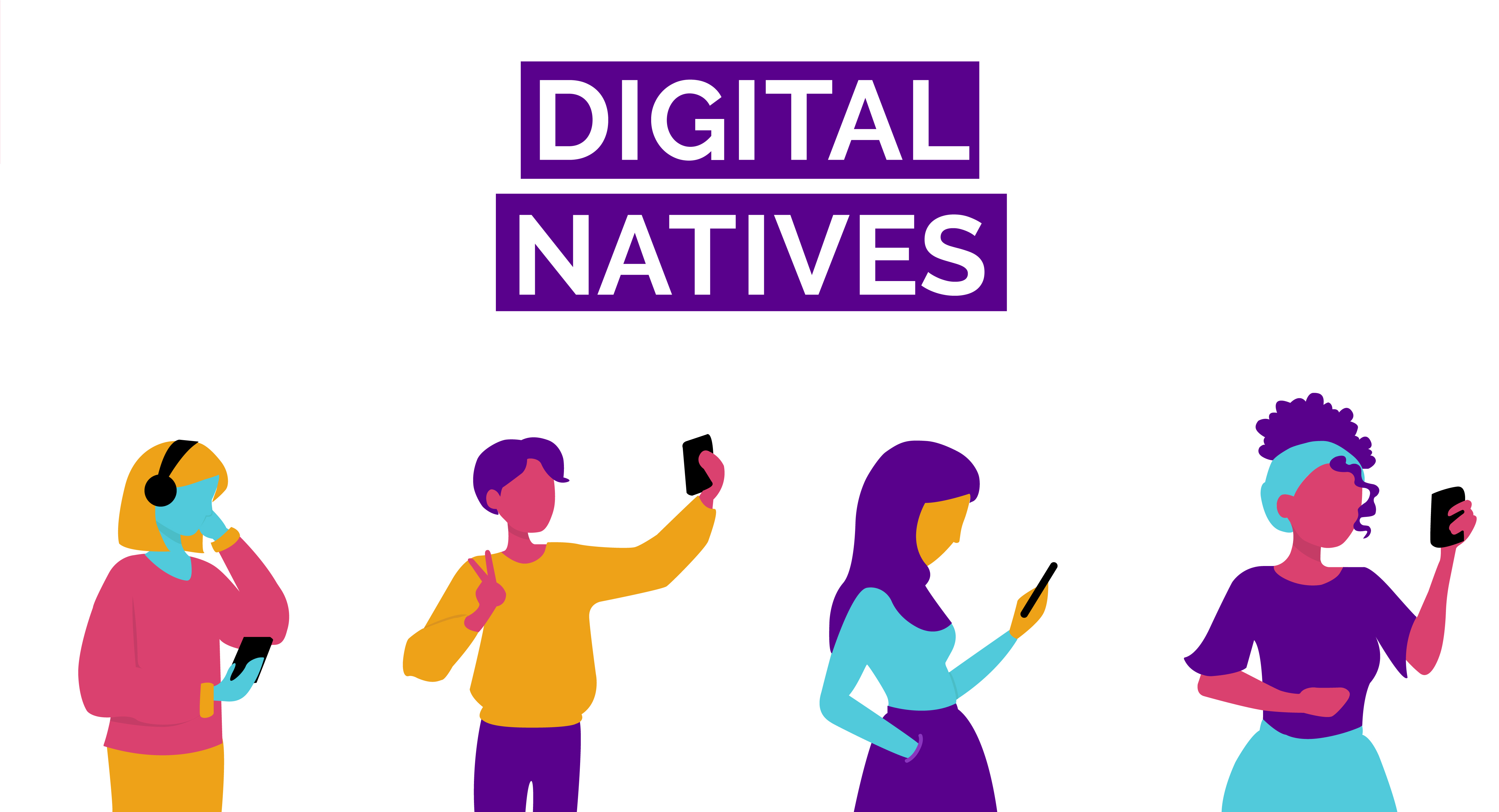digital native

According to Prensky, the immigrant/native divide refers to the difference in technology usage and digital skills between those who grew up with technology (the natives) and those who adopted it later in life (the immigrants). This divide can affect how students learn as natives may have a more intuitive understanding and comfort with technology, while immigrants may face challenges in adapting to and utilizing digital tools in their learning. It's important for educators to bridge this divide and provide support to all students in developing digital literacy skills.
The immigrant/native divide and its effect on different generations can be significant. Younger generations who are considered natives, having grown up with technology, often have a natural affinity and proficiency with digital tools. They tend to integrate technology seamlessly into their daily lives and learning experiences. On the other hand, older generations, the immigrants, may face challenges in adapting to and fully utilizing technology for learning purposes. This divide can create a gap in digital skills and access to information, which can impact educational opportunities and success. It's crucial for educators and society to bridge this divide by providing support, resources, and training to help older generations navigate and benefit from technology.
Examples: effects different generations including myself and my elders
1. Digital Literacy: Natives, such as younger generations, often have a natural understanding of digital tools, like smartphones and social media platforms, which they use for communication, research, and learning. Immigrants, on the other hand, may need more guidance and support in developing digital literacy skills to effectively navigate and utilize these technologies.
2. Information Access: Natives have grown up in an era of abundant information online, enabling them to quickly find and evaluate information for their learning needs. Immigrants may struggle with information overload or may not be aware of the vast resources available online, which can impact their ability to access relevant and reliable information.
3. Communication: Natives are accustomed to communicating through digital channels like text messaging, social media, and video calls. Immigrants may find it challenging to adapt to these new forms of communication, leading to potential difficulties in connecting with others and collaborating in digital spaces.
4. Learning Styles: Natives often prefer interactive and multimedia-rich learning experiences, leveraging technology for engagement and interactivity. Immigrants may have different learning preferences and may require additional support in adapting to new instructional methods that incorporate technology.
Comments
Post a Comment